Tactile Interactions.
How do we connect with each other? How do we connect with or through objects?
Touch was identified as a gap and repositioned as an interpersonal connector in Human Centered Design, a field relying on collective working methods.
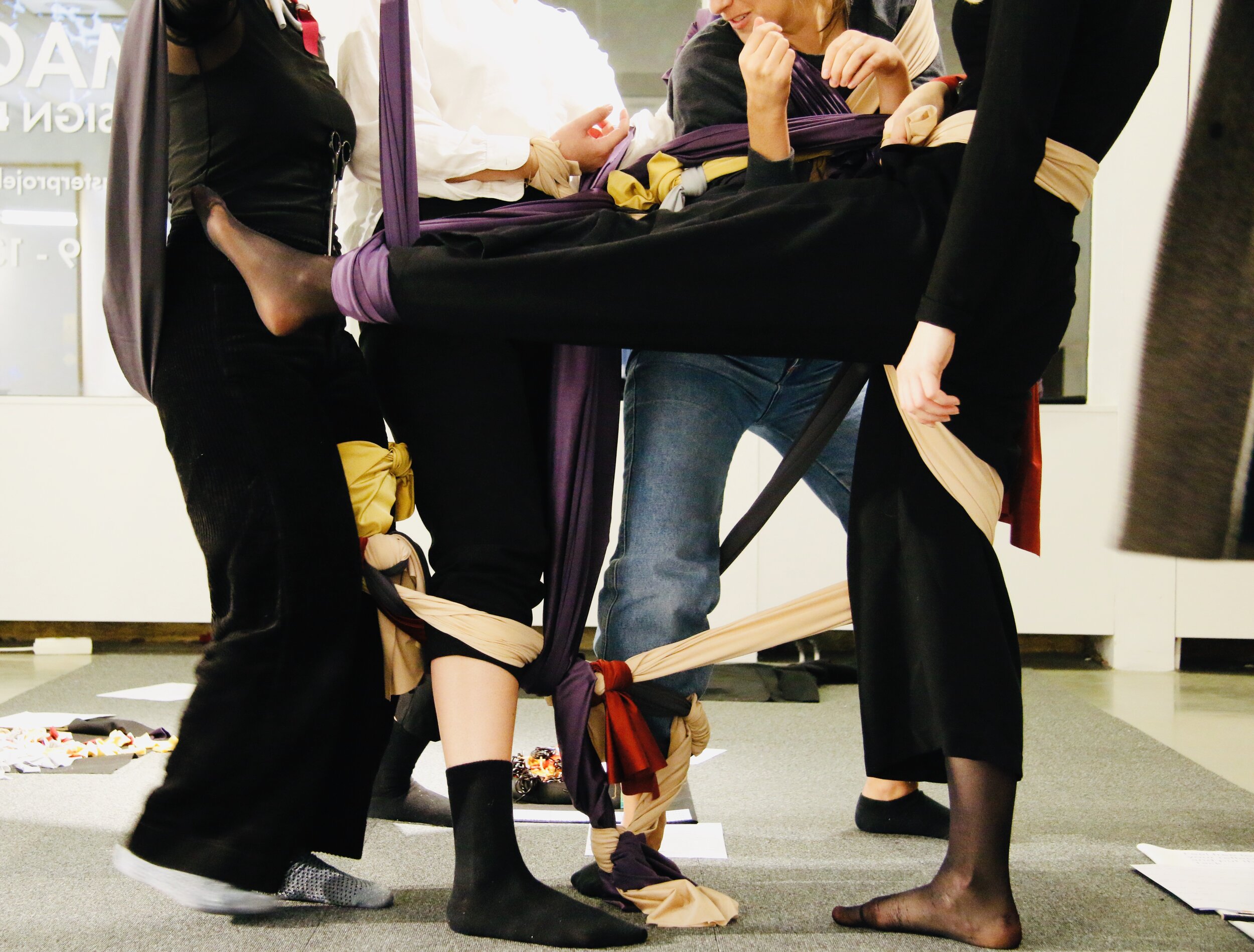
“We are desperately short on textures, warmth, and imperfections that come from engaging with things in the tangible world.”
Brenda Milis, 2018
Touching Upon Interactions
Touch is commonly described as ‘the mother of the senses’. It is the first sense to develop in the womb. However, the power of touch in human relations is easily forgotten as social encounters are becoming increasingly or exclusively digital. Neuroscientist and author of several books on the topic of touch, David Linden, describes touch as the very sense that makes us human.
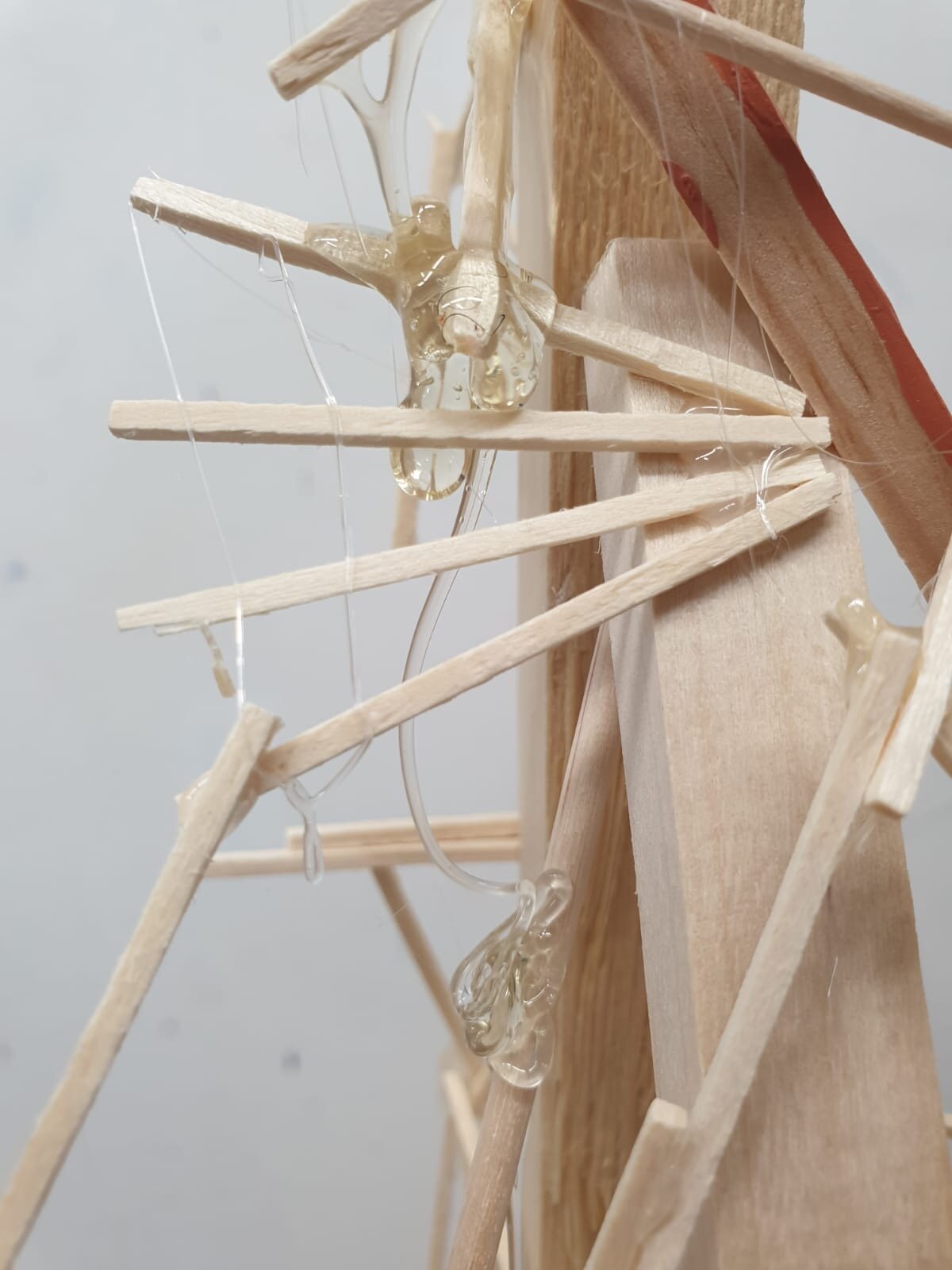

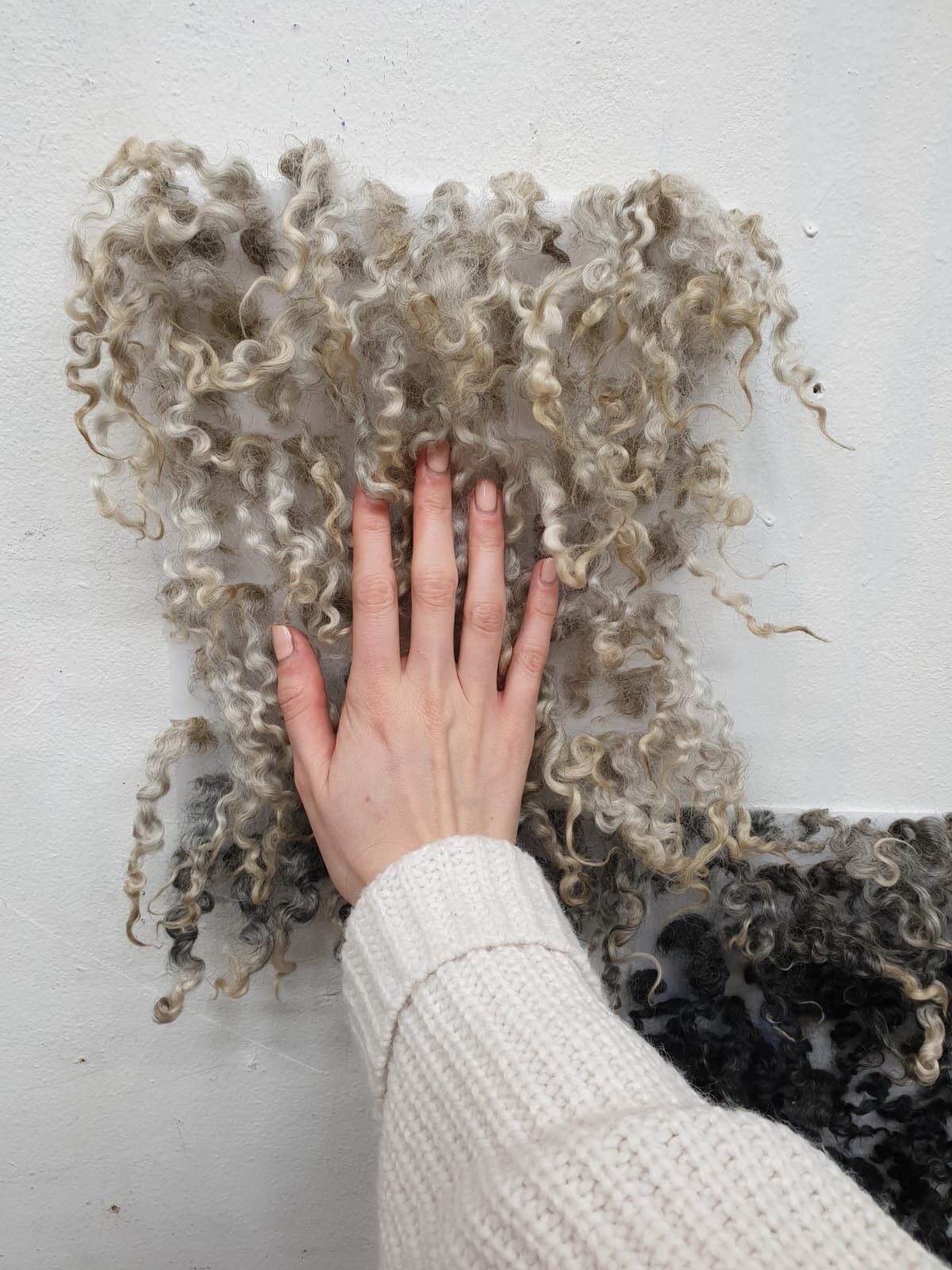
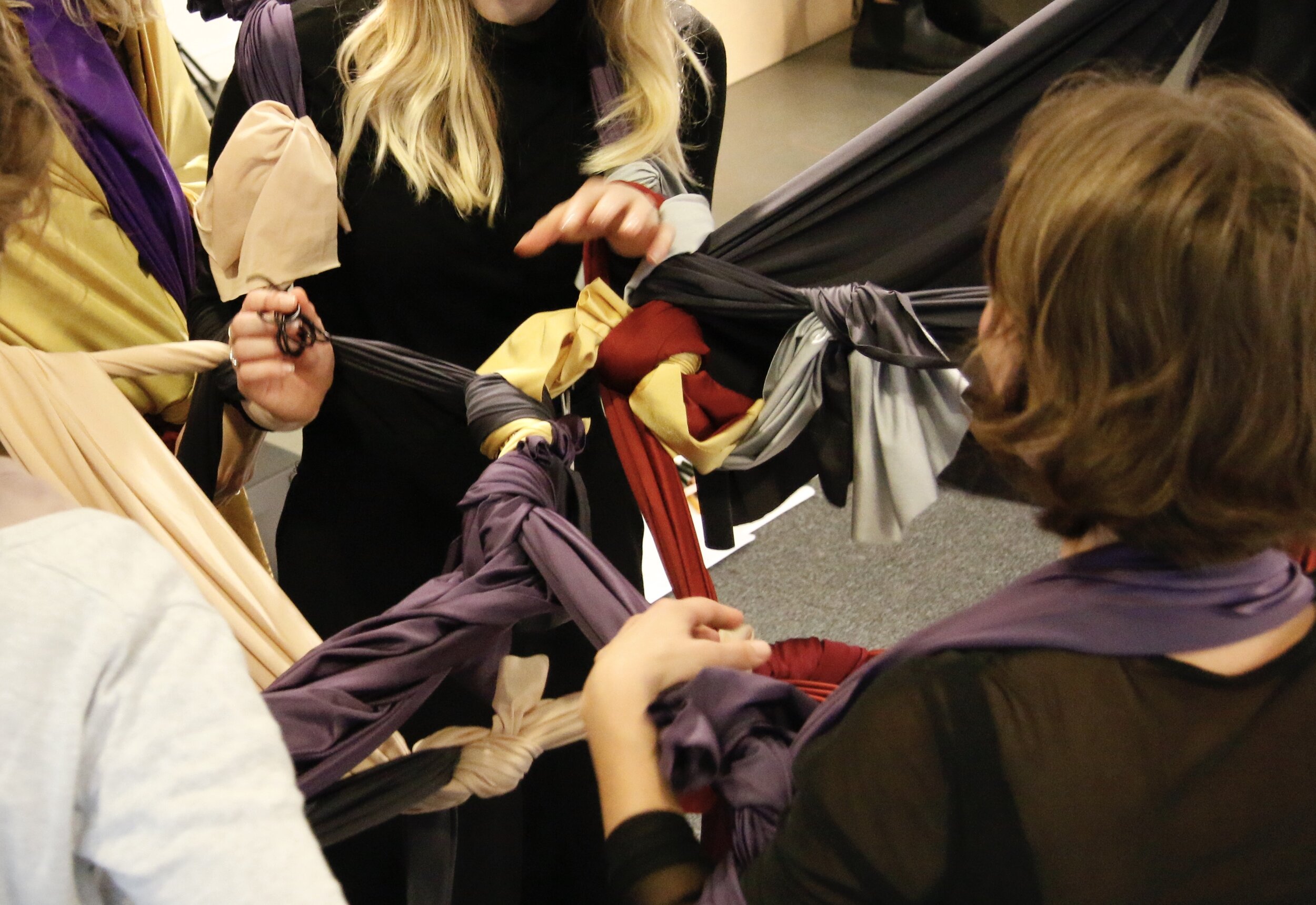


“The current vogue for design in management discourses results in abstractions of the design process that repress the role of aesthetic judgement.”
Cameron Tonkinwise, 2011
Triggering Sensory Liaisons
The aim of the undertake was to contribute to Human Centered Design. I investigated aspects of touch for human interaction in general and workshop design in particular. The process was triggered by observing most workshop design as driven by a design sprint culture and a visual post-it dominance. It was my wish to promote an alternative take on workshops as collective aesthetic experiences fostering relationships and triggering different levels of knowledge.
Within the empirical investigations, incidents reflecting on touch and human interaction were created. The workshop space was employed as a research context focusing on integrating tactile elements when designing for human interaction. What aspects could be uncovered when positioning the workshop format as aesthetic experience? Aesthetic as defined within this research referred to sensory perceptions and acts of form-giving. Touch is and got stronlgy connected to surfacing and expressing tacit ways of knowing. However, it can be much more. Within a field relying on collective working methods, touch was identified as a gap and could be repositioned as a connector. Touch is an embodied element of the in-between, and foremost it is an interpersonal connector. Eventually, it is not about the physical manifestations of touch itself, but about the relationships it can create. Reviving aspects of touch within a human-centered approach allows to deepen methods employed, knowledge triggered, insights gained and the relationships created in aesthetic experiences for human interaction.


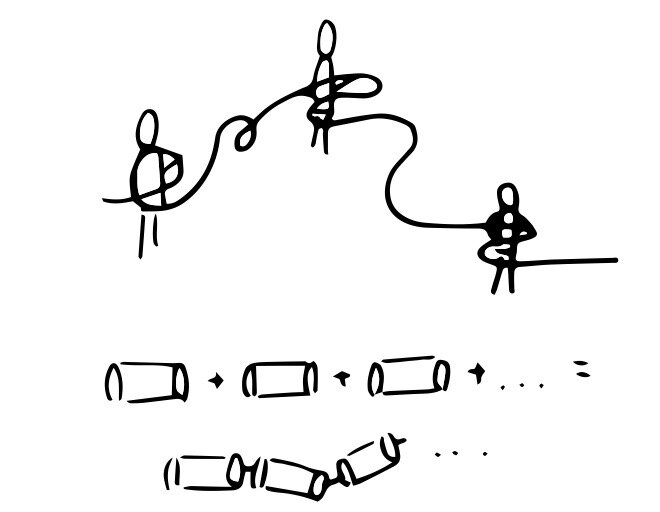
Expressing Through Different Formats and Networks
To capture theoretical examinations and a discussion, I made use of the format of my Masters thesis. My thesis was recognised as the “Most Valuable Master Thesis in Business and Design” by Prof. em. in Design Management Lisbeth Svengren Holm. Further insights and questions on design and business practice were collected into an essay winning a competition of the Design Management Institute dmi: . For Gothenburg Design Festival, I extended the workshop format and invited the local Contact Improvistion Network to host a common event.
Lessons Learned: It is invaluable to have a reflective and critical stance towards my field in general and my own practice in particular. Endure my endeavours. Talk about it. Invite people and their perspectives into the process. Write about it.
Next Steps: How to develop a tactile design language and practice for the intangible? How to make digital encounters honouring and catering the physical, imperfect human being?
Collaborators: Designers and the interested public participating in workshops hosted at a studio space at Konstepidemin in Gothenburg and at Gothenburg Design Festival
Pictures: DOMA, Jessica Litzel, Pablo Herzog, Lena Frank